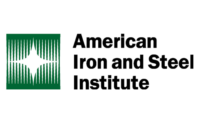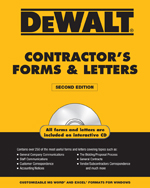The American Iron and Steel Institute (AISI) Standards Council has selected four winning research proposals for its 2015 Small Project Fellowship Program. AISI’s Small Project Fellowship Program was launched in 2014 to identify and provide funding for research projects that will significantly impact the reliability, performance, and cost-competitiveness of cold-formed steel (CFS) framing products in a variety of end-use applications.
The Small Project Fellowship Program provides a streamlined mechanism for AISI’s standards development committees (the Committee on Specifications and the Committee on Framing Standards), industry stakeholders, academics and students to collaborate on relatively short-term, highly focused, and mutually beneficial projects. Project selections are based on several factors, including the potential for long-term impact on the industry; steel industry engagement and co-funding; and results for the AISI standards development committee, the student, and the academic institution.
The winning research proposals and academic institutions for 2015 are:
- “Transverse Fillet Weld for Steels Greater Than 0.10 Inches” - The Johns Hopkins University. This project will evaluate transverse fillet weld design equations in AISI S100, North American Specification for the Design of Cold-Formed Steel Structural Members, for member thicknesses greater than 0.10”. The objective is to eliminate a discontinuity in the equations and reduce conservatism in the strength calculation. The primary impact will be on the cold-formed steel framing, storage rack and steel joist industries.
- “Arc Spot Welds – Update of Provisions” – University of Florida. This project will improve the design provisions for arc spot welds in AISI S100. The objective is to extend the range of total thickness beyond 0.15” and, thereby, enable more cost-effective construction. The primary impact will be on connections for steel deck; however, other industries may also benefit from this work.
- “Advancing Building Information Modeling (BIM) for Cold-Formed Steel Structures” – University of North Texas. This project will develop a series of open BIM models that AISI committees, researchers, manufacturers, engineers, and interested third parties may use for exploration and demonstration of cold-formed steel solutions. The objective is to advance BIM for cold-formed steel structures.
- “Determination of Effective Standoff of Purlin-to-Sheathing Connections” – Old Dominion University. This project will develop a better understanding of the impact of the effective standoff of sheathing in providing lateral support to purlins and girts with one flange attached to sheathing. This knowledge is particularly important to the metal building industry as insulation requirements in energy codes increase.
“We had an excellent response to our request for proposals for the 2015 program in terms of quality and diversity of the projects, and it was difficult to make the final selections,” said Jay Larson, P.E., F.ASCE, managing director of AISI’s Construction Technical Program. “The research that was conducted last year?the first year of the program?will generate significant results in terms of advancing our knowledge and establishing improved design methods for a variety of cold-formed steel applications.”
For more information on SMDI’s Construction Market program, visit www.smdisteel.org.




